Solar energy is recognised as one of the most important energy sources for a sustainable future. Solar energy, which is a renewable, environmentally friendly and unlimited energy source, is rapidly being adopted worldwide both to meet energy needs and to reduce carbon emissions. Solar power plants are important facilities that provide energy production on a massive scale by utilising this potential. Among these plants, the world's largest solar power plant draws attention with its size and technology.
The world's largest solar power plant is distinguished not only by its size, but also by its energy production capacity and environmental contribution. Spread over a large area, such plants are equipped with high-tech products such as solar panels or heliostats. In this way, energy production is achieved with high efficiency and plays a key role in meeting the energy needs of the regions.
The rise of solar power plants marks a revolutionary change in the energy sector. With the increase in technological innovations and investments, these facilities not only produce energy, but also have a great importance in terms of economic growth and job creation. The world's largest solar power plant is a powerful symbol of the transition to clean energy and environmental sustainability.
Where is the World's Largest Solar Power Plant Located?
The world's largest solar power plant is located in Bhadla district in the Indian state of Rajasthan. This massive facility, called Bhadla Solar Park, covers an area of 56 square kilometres and has a total installed capacity of 2,245 MW. Completed in 2019, this plant is recognised worldwide as a milestone in renewable energy production. The desert climate of Rajasthan provided an ideal location for this project due to its intense sunlight. The 6.4 million solar panels used in the power plant generate approximately 8 billion kWh of electricity per year, which means a capacity to meet the energy needs of more than 25 million households.
Bhadla Solar Park is vital to India's renewable energy targets. The Indian government aims to source the majority of its energy generation from renewable sources by 2030 and this plant represents an important step towards achieving this goal. The plant also makes a major contribution to environmental sustainability by helping to reduce carbon emissions by around 4 million tonnes per year. The project has also created thousands of jobs and strengthened India's energy infrastructure. Rajasthan's solar energy potential and the achievements of Bhadla Solar Park have made India one of the global renewable energy leaders.
What are the Features of the World's Largest Solar Power Plant?
Bhadla Solar Park has many impressive features as the largest solar power plant in the world. Located in the Indian state of Rajasthan, it is spread over a large area of 56 square kilometres and has an installed capacity of 2,245 MW. Equipped with high-tech solar panels, the plant can generate approximately 8 billion kWh of energy per year, meeting the energy needs of millions of homes. The desert climate and high solar radiation duration are important factors that increase the efficiency of the power plant. This mega project aims to maximise the utilisation of renewable energy sources while making a major contribution to environmental sustainability by reducing carbon emissions.
Highlights of Bhadla Solar Park
- Installed Capacity: 2,245 MW, the largest solar power plant in the world.
- Location: Rajasthan, India - high insolation and desert climate for efficient energy production.
- Area Capacity: Spread over a huge area of 56 square kilometres.
- Annual Production: It can meet the needs of 25 million households with approximately 8 billion kWh of energy production.
- Carbon Reduction: Capable of reducing approximately 4 million tonnes of carbon emissions per year.
- Technology: 6.4 million solar panels provide high efficiency.
- Economic Contribution: A project that strengthens India's energy infrastructure and provides employment to thousands of people.
Bhadla Solar Park is a marvel of modern engineering, both technologically and environmentally. The plant plays a critical role in achieving India's renewable energy targets and sets an example for other countries. A source of inspiration for solar projects around the world, this plant proves how effective innovative solutions and sustainability goals can be in energy production.
How Do Solar Power Plants Work?
Solar power plants use systems based on advanced technology to convert radiation from the sun into electrical energy. The operating principle of these plants is based on photovoltaic (PV) panels that convert sunlight directly into electric current or thermal systems that generate energy by collecting sunlight in a focus. When photovoltaic panels come into contact with sunlight, they generate an electric current through the semiconductor materials inside. This current is converted into alternating current by inverters and transmitted to the energy grid.
Another production method of solar energy is concentrated solar power (CSP) technology. CSP plants collect sunlight in a focus with the help of large mirrors or heliostats. In this focus, steam is produced using a liquid that reaches high temperatures. This steam generates electricity by rotating a turbine. This method is particularly favoured to meet large-scale energy needs and, when combined with storage systems, can also provide energy during hours when the sun is not shining.
In both methods, solar power plants offer an environmentally friendly energy source by reducing dependence on fossil fuels. The direct availability of solar energy provides a great advantage in terms of sustainable energy production. In addition, these power plants provide both economic and environmental benefits by offering a low-cost option in energy production. Solar power plants are considered as an important part of the transition to renewable energy worldwide and are preferred in more and more countries.
Installation Cost of the World's Largest Solar Power Plant
The installation cost of Bhadla Solar Park in India, the world's largest solar power plant, is quite remarkable. With an installed capacity of 2,245 MW, the total cost of this gigantic facility is approximately 1.4 billion US dollars. Located in the state of Rajasthan, this project consists of 6.4 million solar panels spread over a large area. The project is considered a major achievement in the renewable energy sector, with both high power generation capacity and relatively low installation cost.
The project was financed by the government of India, the Asian Development Bank and various private investors. Serving India's goals of increasing its renewable energy capacity, this plant is an important milestone to both meet local energy needs and reduce carbon emissions. A large part of the installation cost was allocated to the import of technological equipment and infrastructure development. Such projects are exemplary in terms of both environmental sustainability and economic development.
Environmental Impacts of Solar Power Plants
Solar power plants have an important place among environmentally friendly energy sources. They play a major role in combating climate change by reducing carbon emissions. However, environmental impacts should also be considered during the installation and operation of the plants. Extensive land use, impacts on flora and fauna, and environmental impacts of materials used in production processes are factors that need to be taken into account. However, compared to the environmental damage of fossil fuels, solar power plants offer a much more sustainable solution.
Environmental Impacts of Solar Power Plants
Positive Impacts:
- Reduction of Carbon Emissions: Reduces dependence on fossil fuel use.
- Improvement of Air Quality: Prevents air pollution through clean energy production.
- Energy Efficiency: It provides continuous energy production with unlimited solar energy.
- Sustainability: Less damage to the environment by using renewable resources.
Negative Impacts:
- Land Use: Large-scale power plants require large areas of land, which can affect wildlife.
- Panel Production Process: The materials used during the production of solar panels can create environmental pollution.
- Waste Management: Recycling processes for end-of-life panels are still under development.
Solar power plants are continuously being developed to minimise their negative impact on the environment. Innovative technologies both make the materials used in the production process more environmentally friendly and ensure the sustainable use of land. In the long term, the positive effects of solar energy provide a strong basis for environmental sustainability and play a leading role in the global energy transition.
Interesting Facts about the World's Largest Solar Power Plant
The Bhadla Solar Park in the Indian state of Rajasthan is not only the largest solar power plant in the world, but also has some impressive features. In total, the plant covers a huge area of 56 square kilometres. This is equivalent to about 7,000 football pitches. Equipped with 6.4 million solar panels, the plant generates 8 billion kWh of energy per year and can meet the energy needs of 25 million households. Bhadla Solar Park is unique not only in its size but also in its contribution to environmental sustainability goals.
The plant is located in the middle of the Rajasthan desert, which is exposed to sunlight for most of the year. Although the average temperature of the region ranges between 45-50°C, the solar panels are designed to withstand these harsh conditions. These high temperatures are an advantage that increases the power generation capacity of the plant. In addition, during the installation phase of the project, employment was provided to local people and economic contribution was made. The plant plays a strategic role in developing India's renewable energy infrastructure.
Bhadla Solar Park also attracts attention with its low energy costs. Thanks to innovative technologies and effective management systems, the power generation cost of this facility is one of the cheapest electricity generated in India. In addition, this project aims to reduce carbon emissions by approximately 4 million tonnes per year. This corresponds to an environmental benefit equivalent to taking 900,000 vehicles off the roads. With its scale and impact, Bhadla Solar Park is an inspiring success story not only for India but also for the global renewable energy sector.


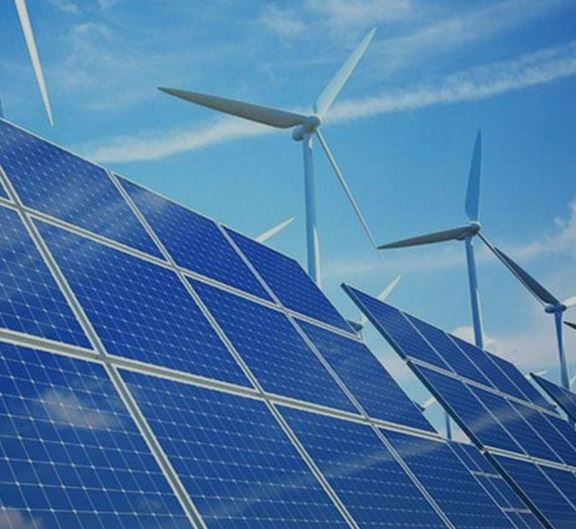
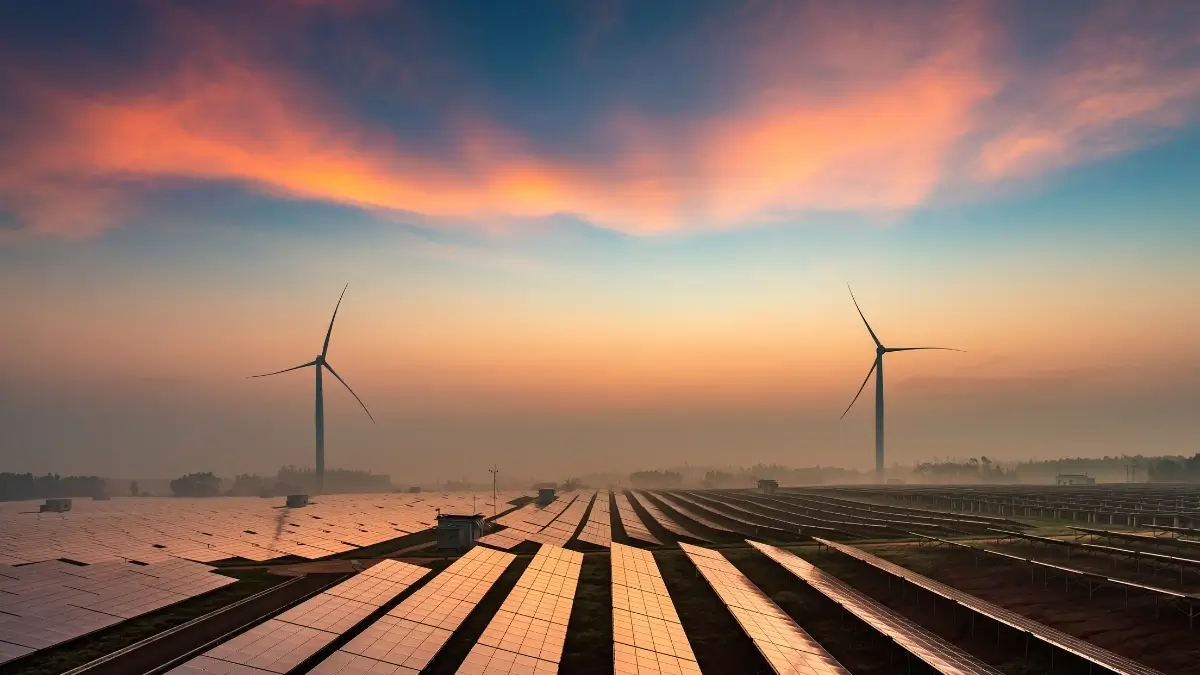
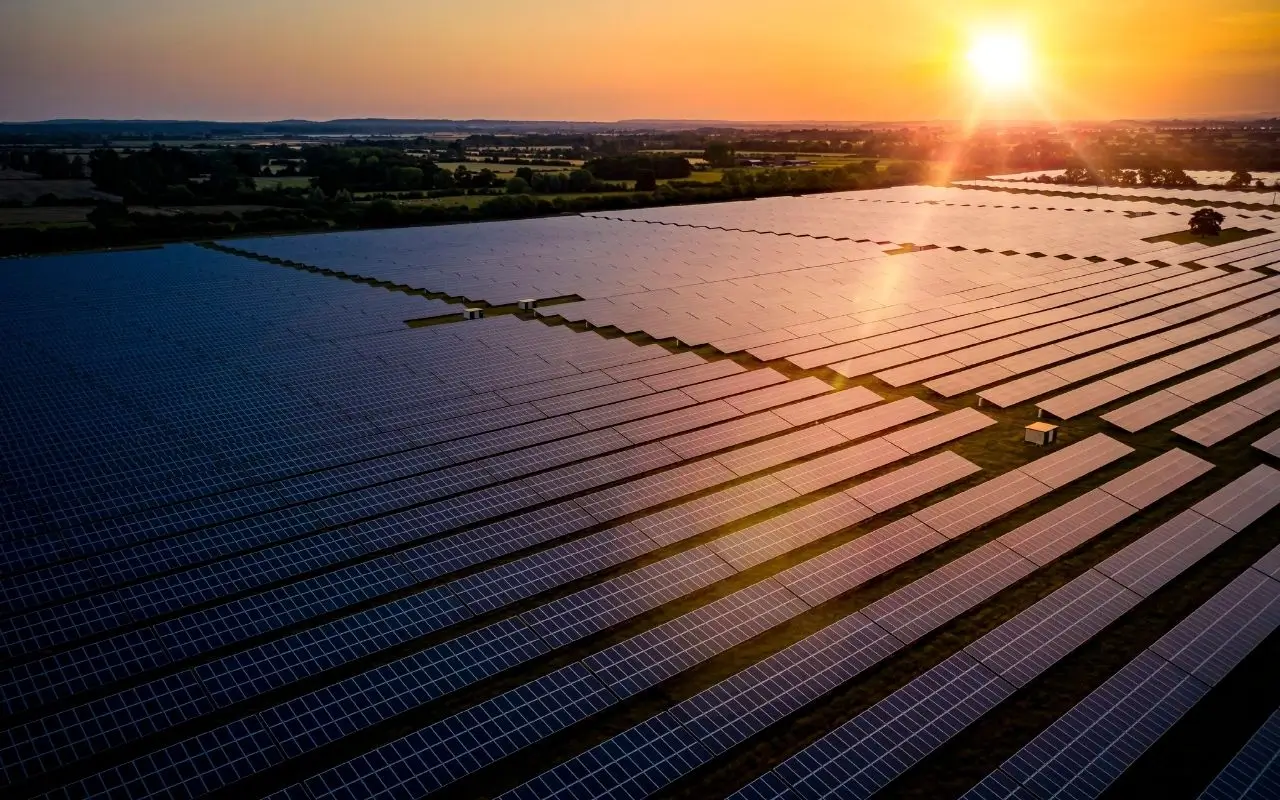
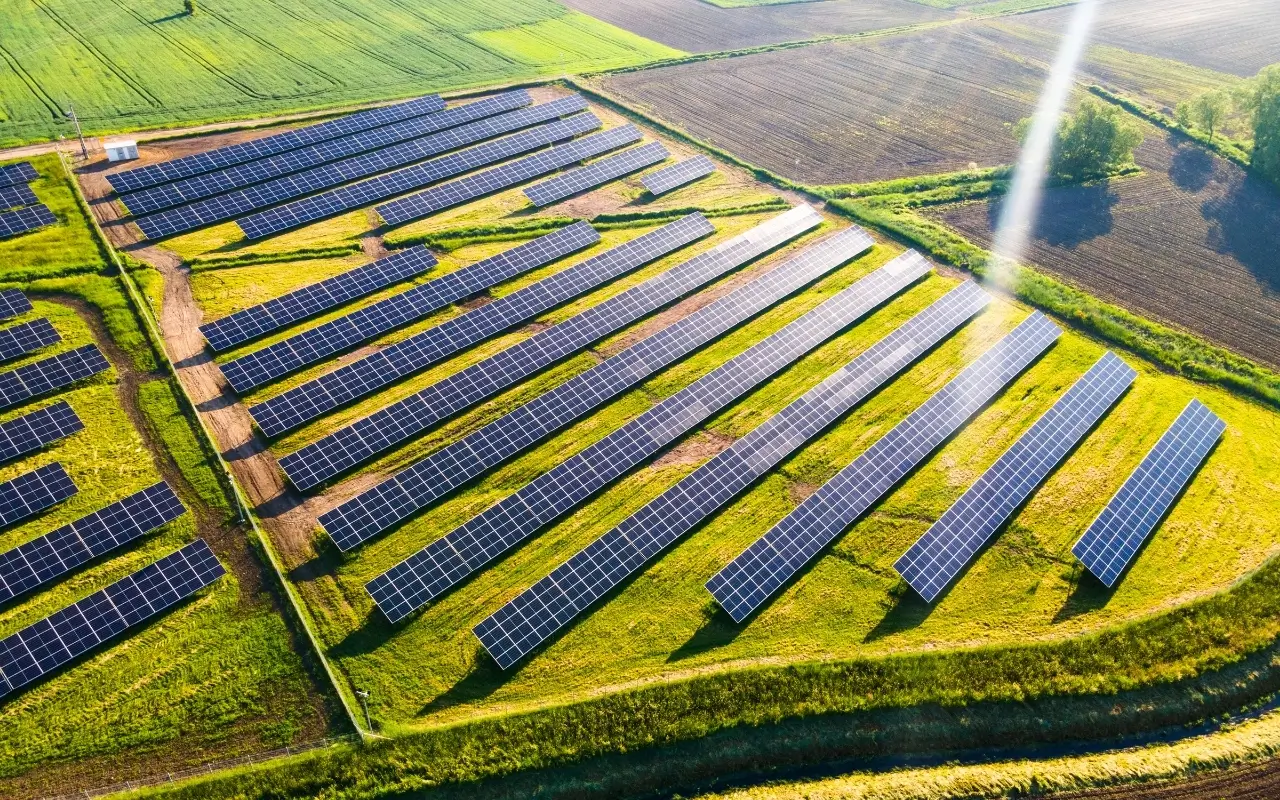
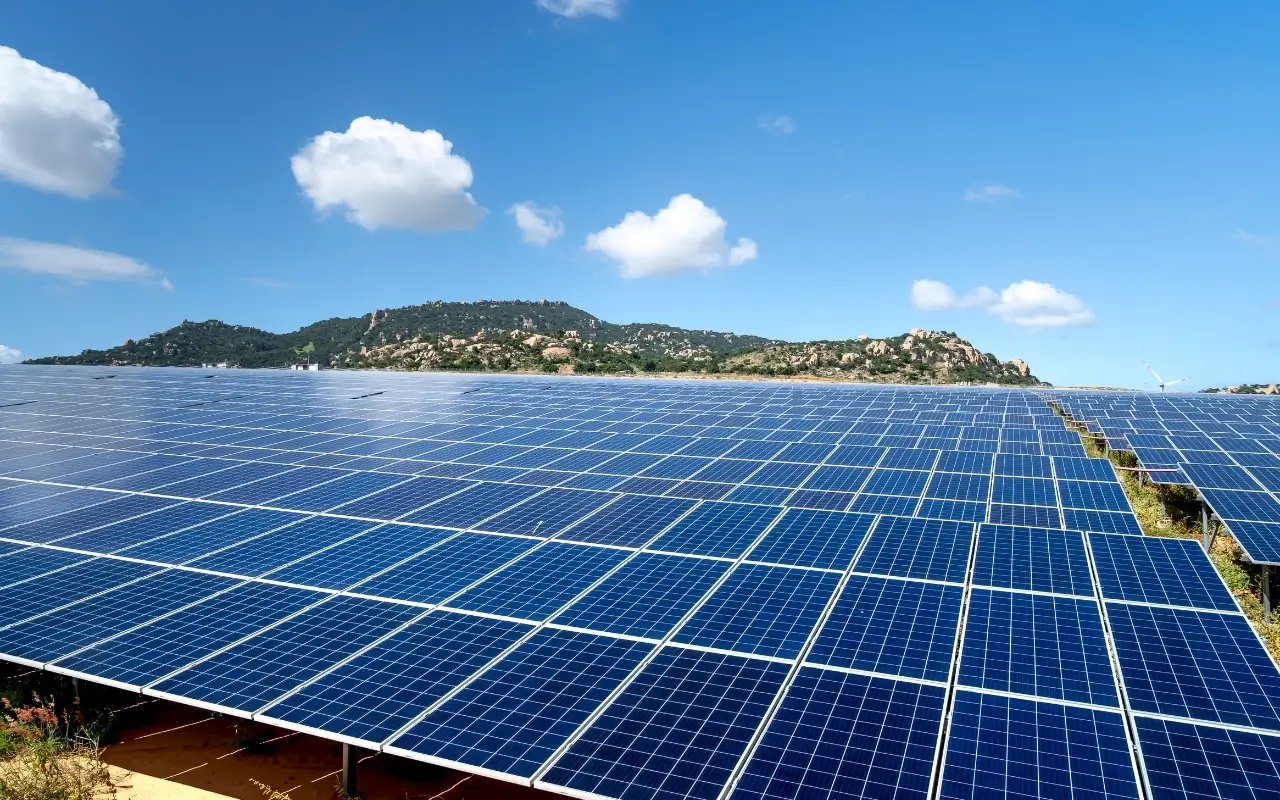
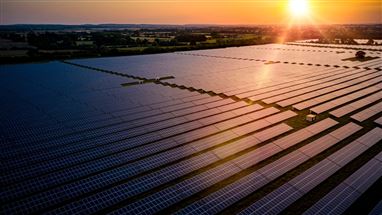
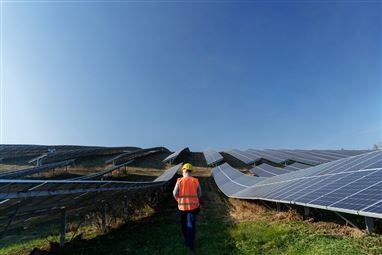
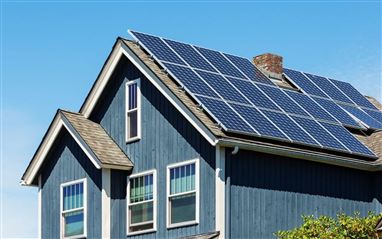

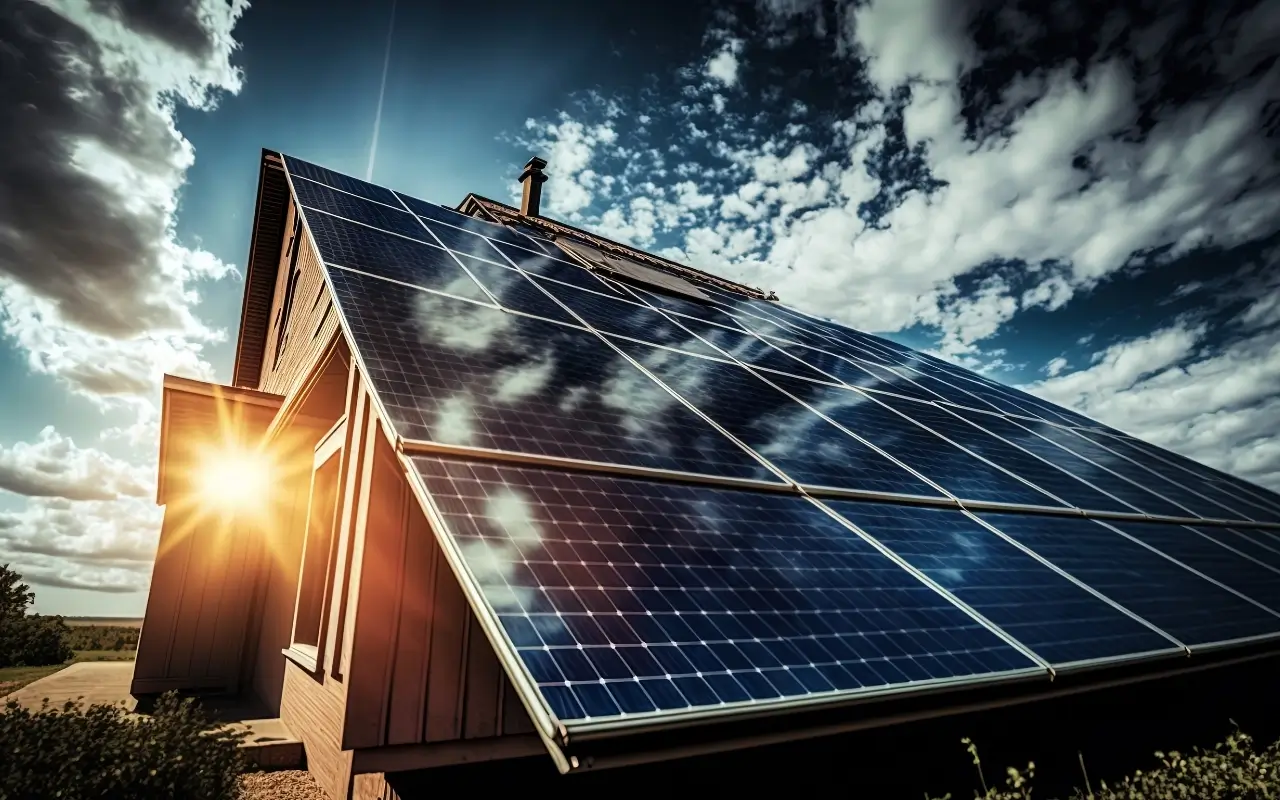
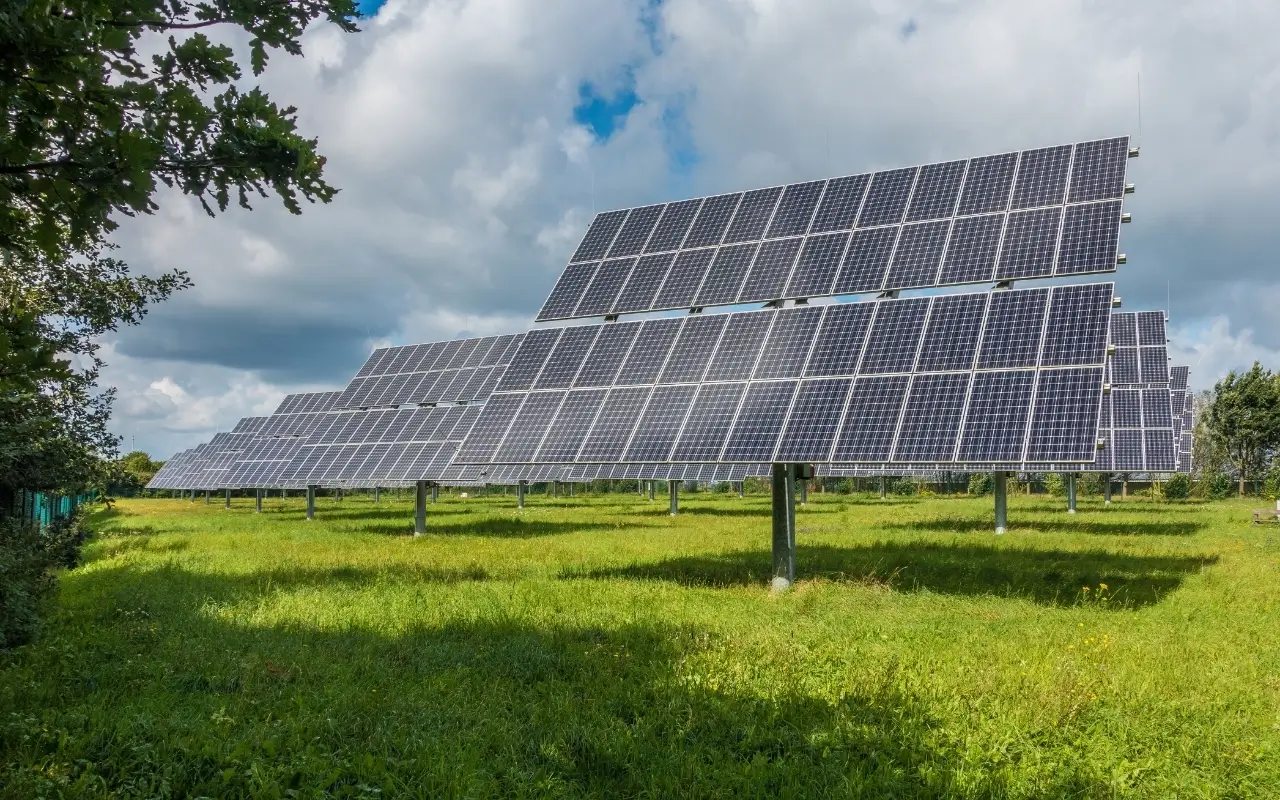
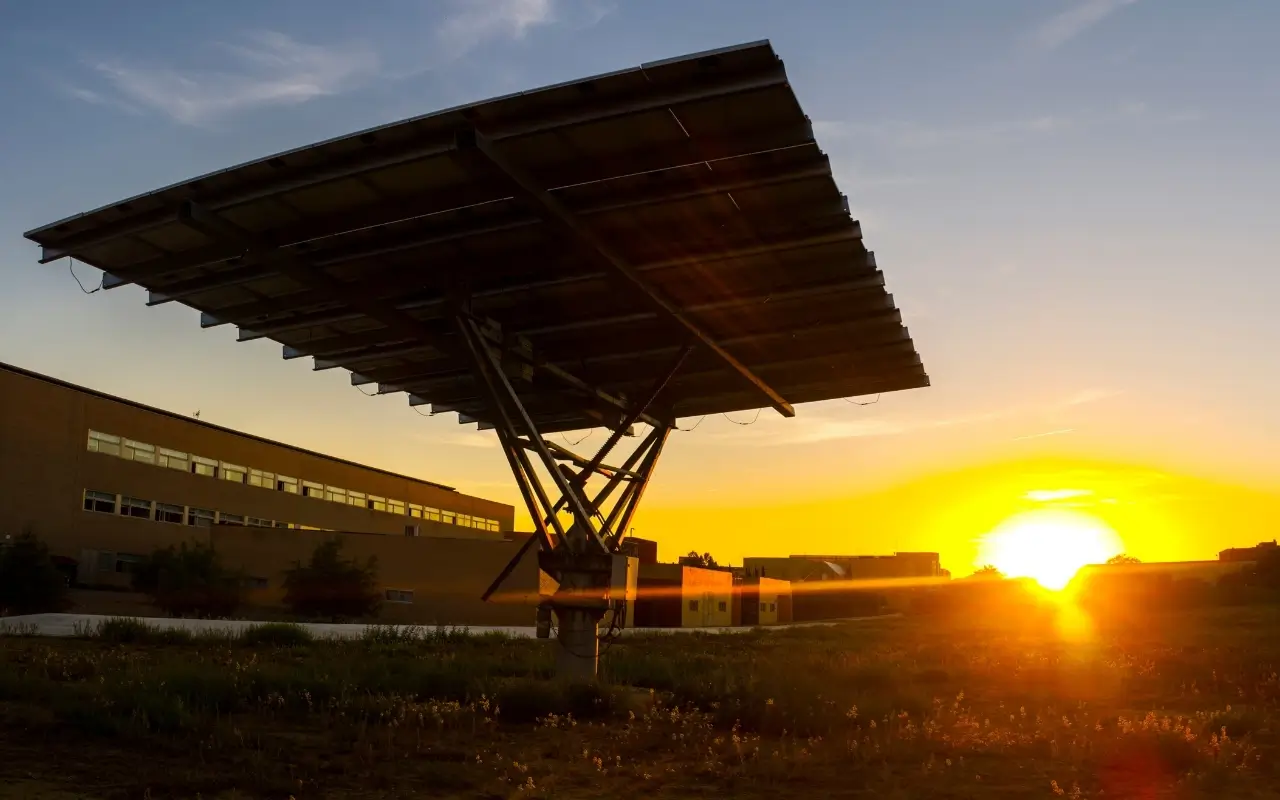
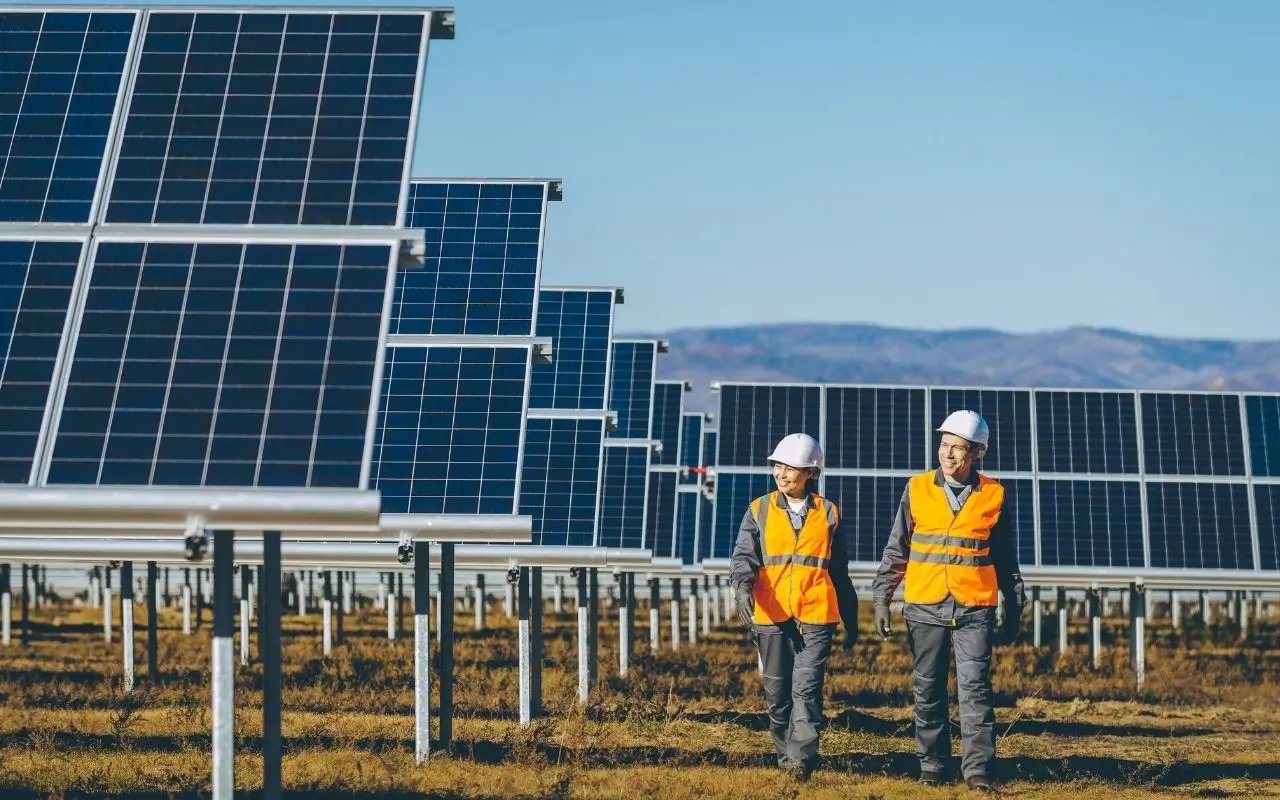
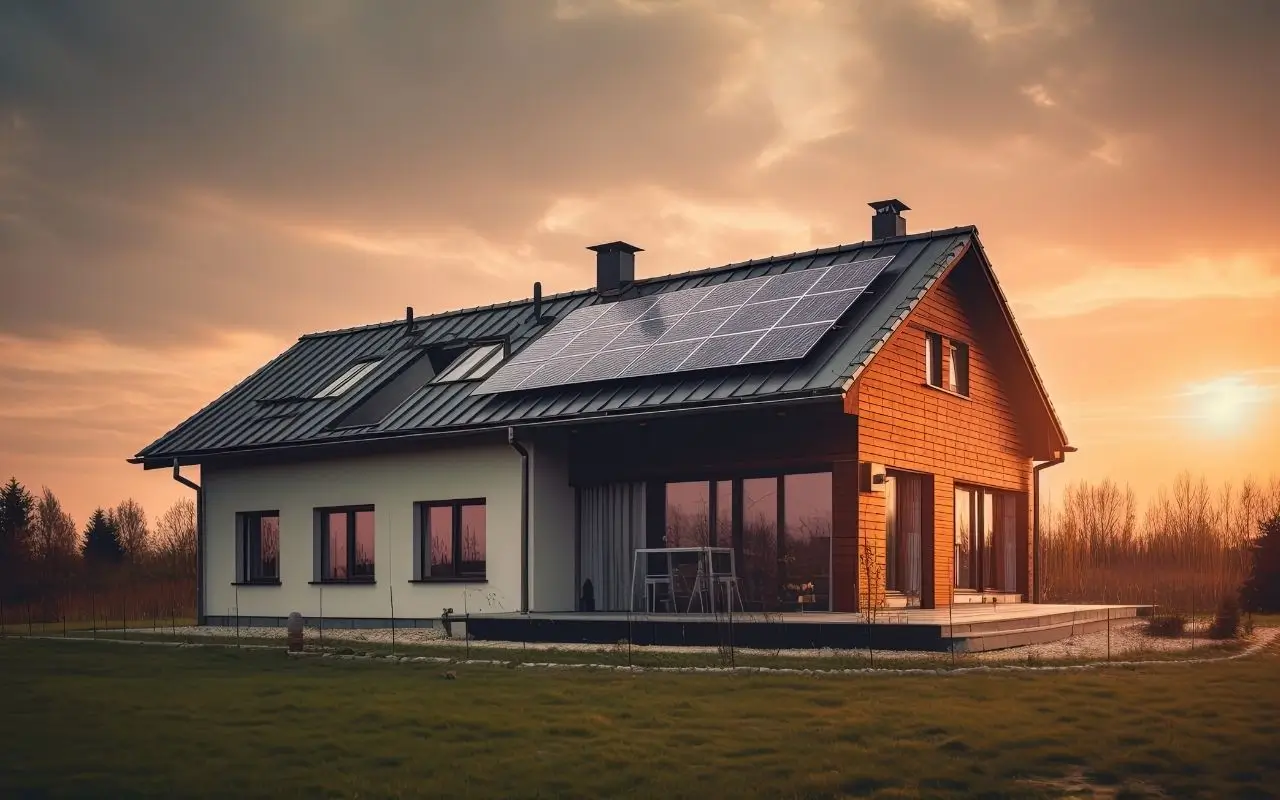
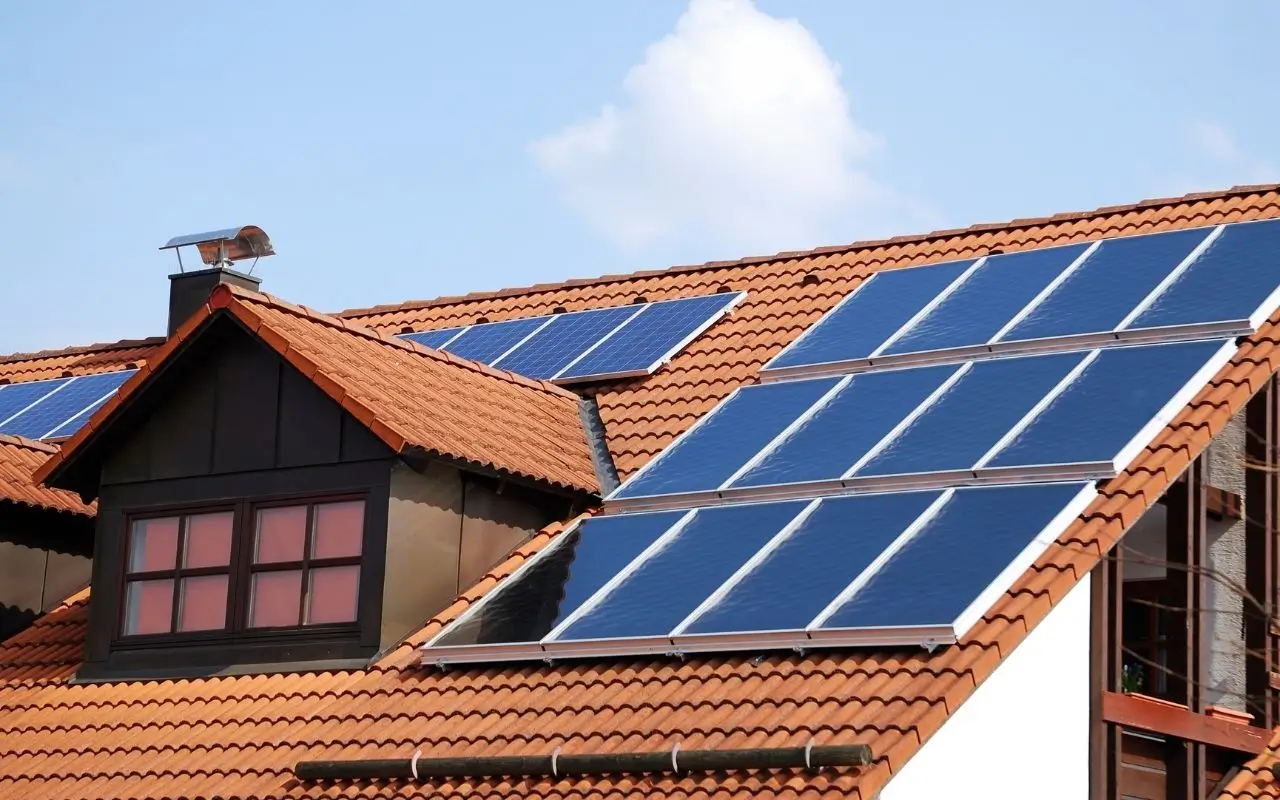
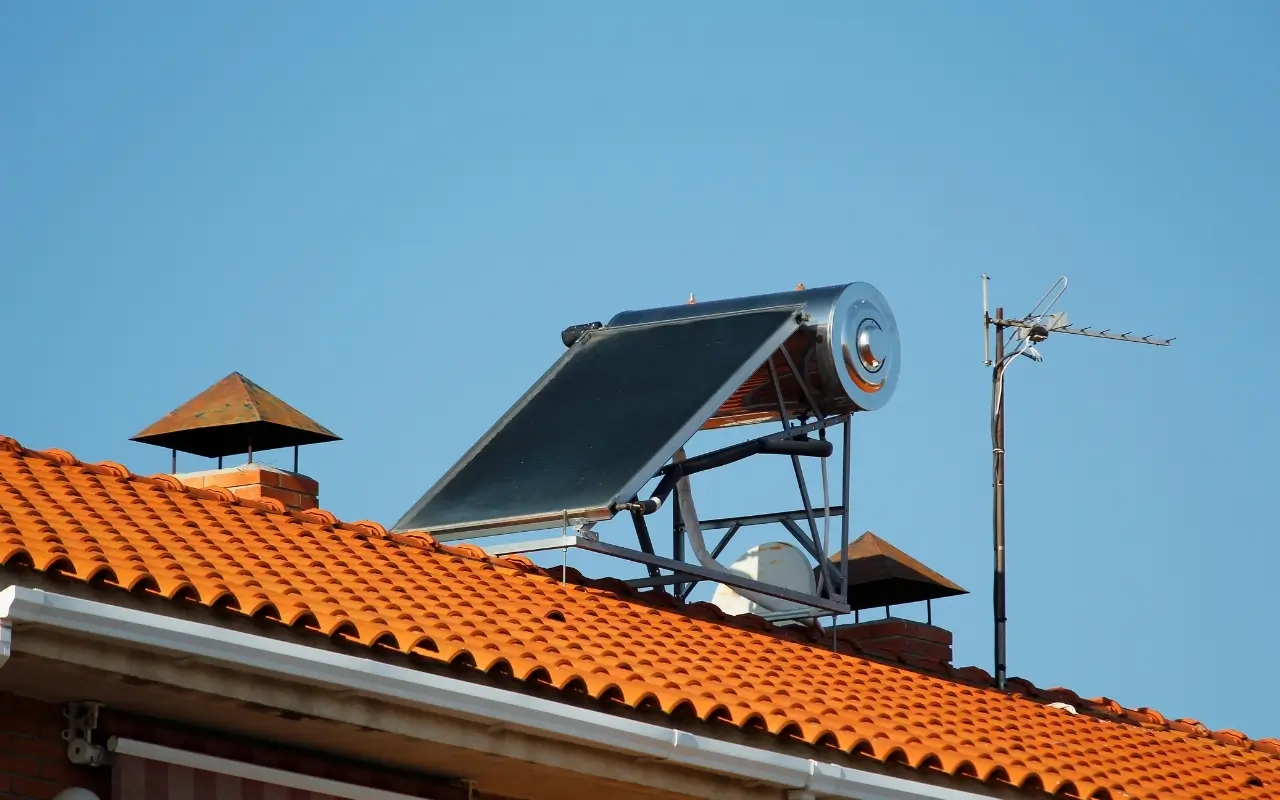
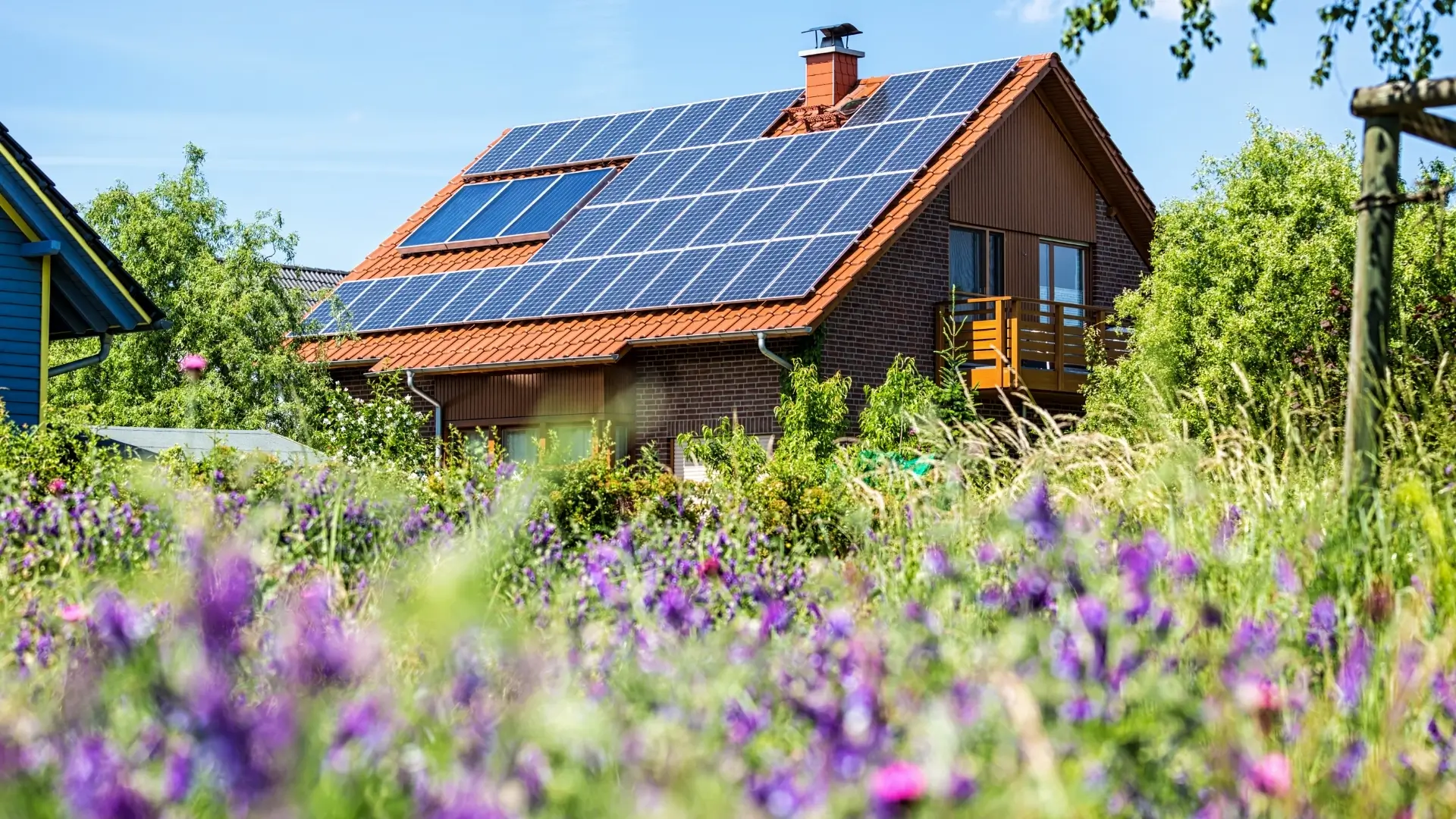
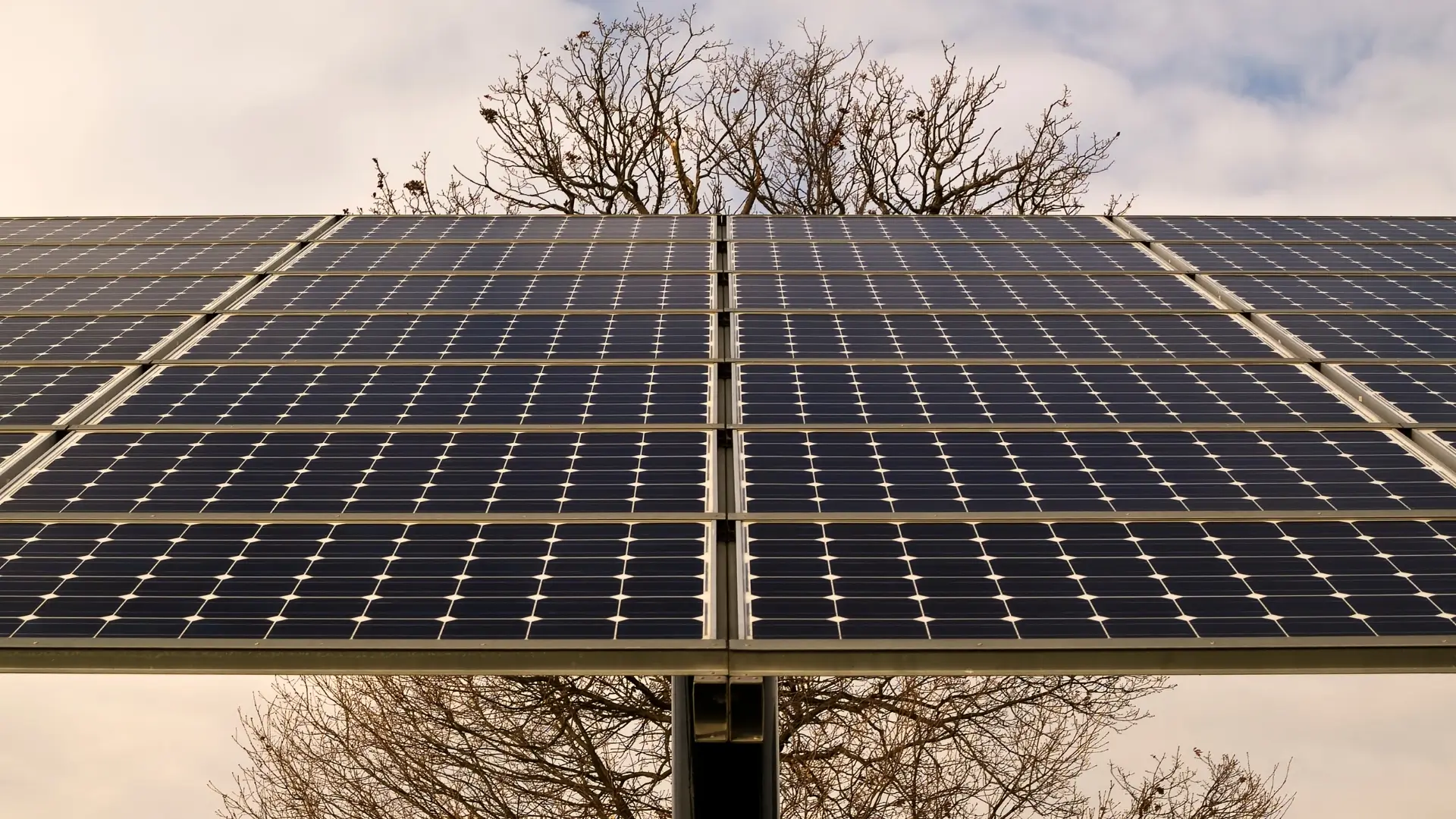
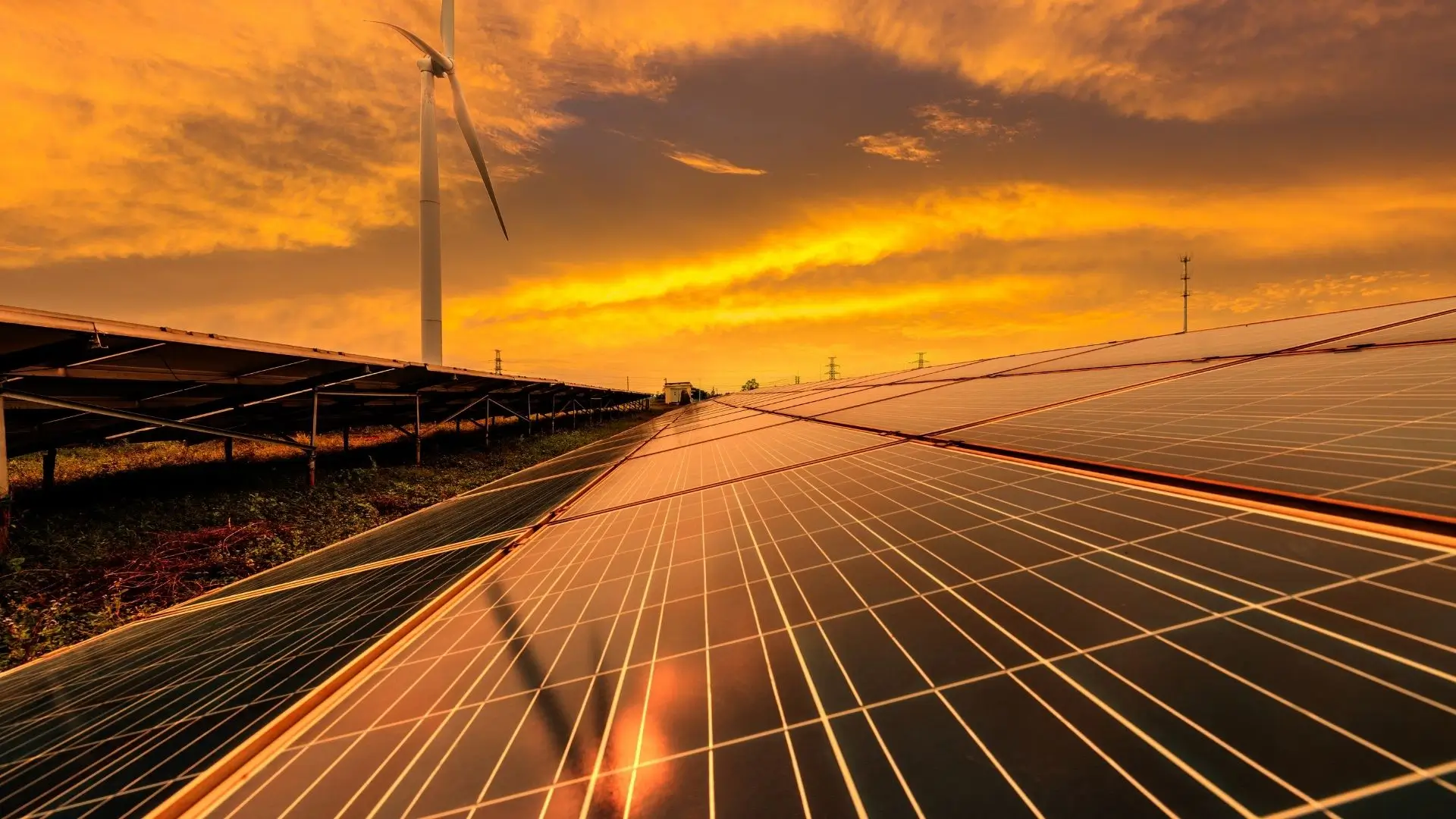
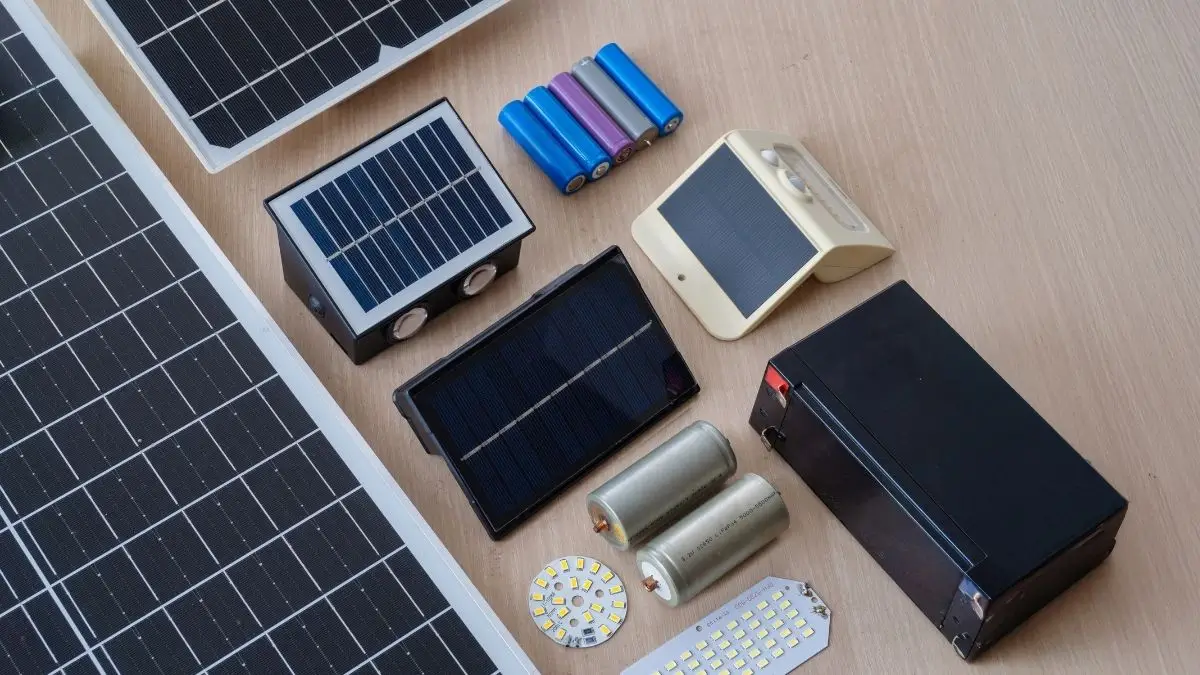
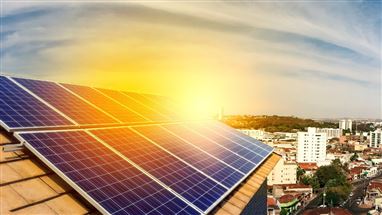
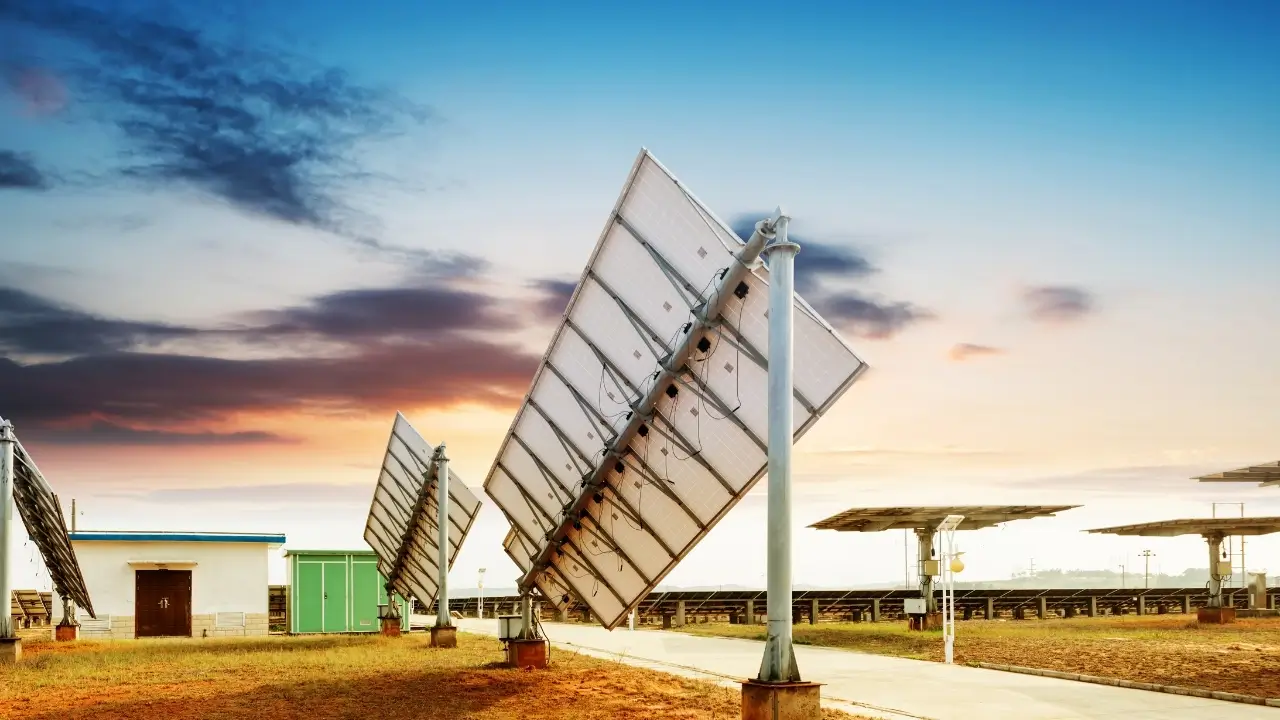
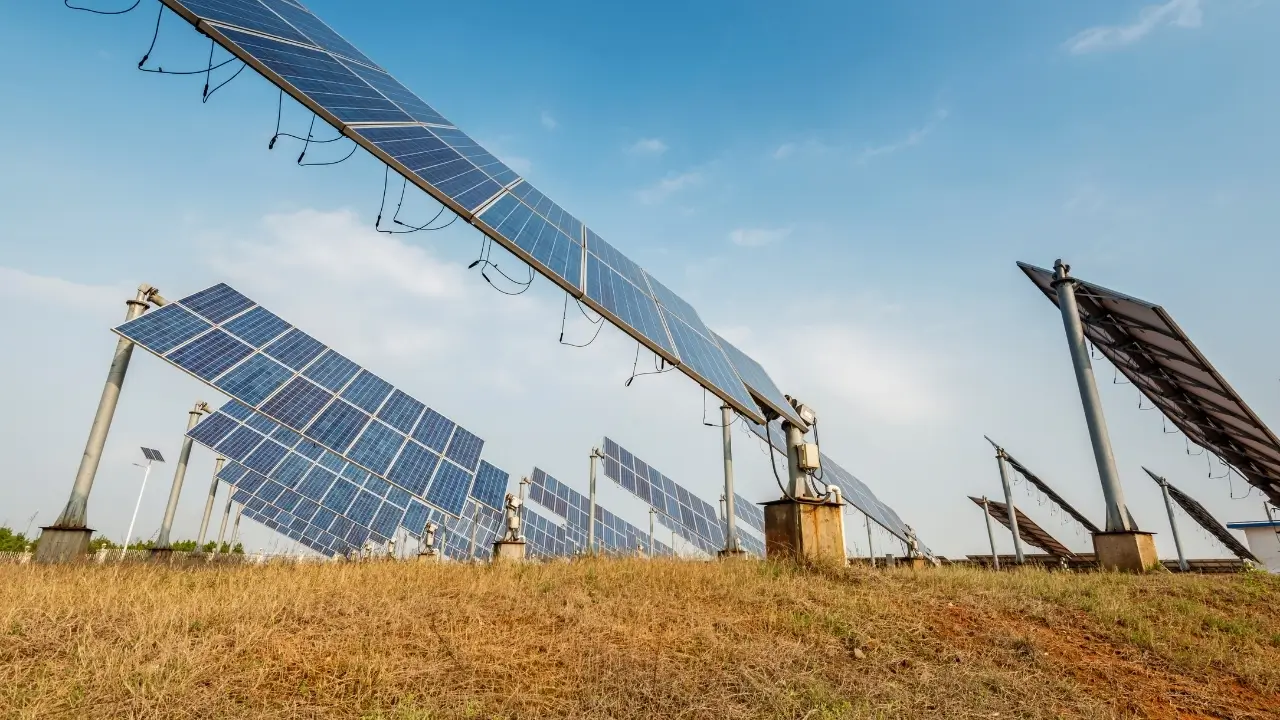

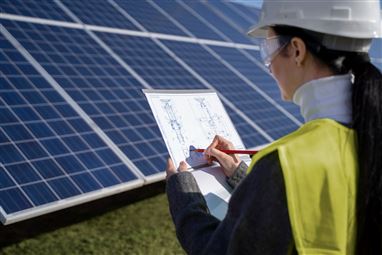


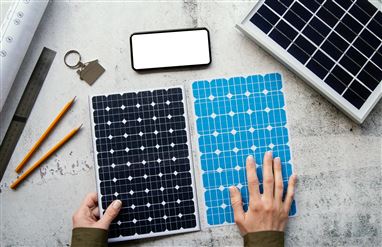
Do Comment